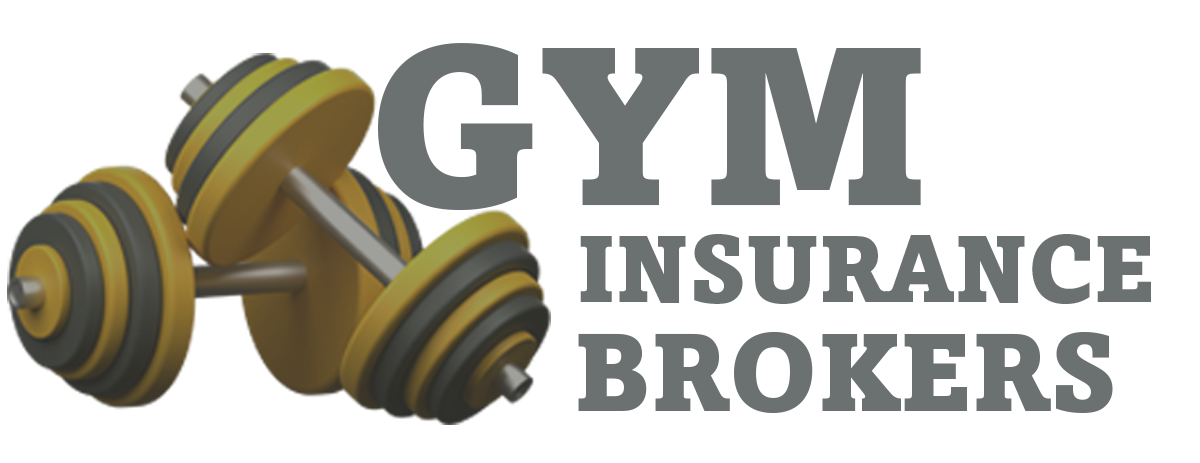COVERING ALL MARTIAL ARTS STYLES
Martial Arts Insurance is a specialised niche market and needs its own product, because the cover is required to be very broad, so it includes a wide range of activities spread across multiple different styles. We have spent significant time working with Underwriters making sure they understand the industry and their products are fit for purpose. You don’t want to find out that you policy doesn't cover what you, when you need to make a claim.
A broker needs to be aware of the differences between Karate and Brazilian Jiu Jitsu for example, so they will be able to understand how incidents happen. Other elements to be aware of are how classes are conducted, matching partners, (weight / height / age divisions) giving instruction, supervising the mats and the intensity of workouts for example. This knowledge is especially important if there is a potential claim as the the broker needs the appropriate experience, to help the club owner get the best outcome. Essential incident reporting by the insured, combined with an in depth knowledge of martial arts operations by the broker, can be difference between a claim escalating or going away.
Martial Arts School operators new to the professional side of the industry may ask,
what insurance cover is the absolute minimum,
as price being most instructors' priority. Some business operators believe all they are required to have is
Public Liability, so they can rent / lease their facility and run classes. This is true, public liability insurance is generally all the landlord will ask for, in order to hand over the keys. However, some landlords are being advised by smart lawyers, to ask their tenets to include
professional indemnity / civil liability. This is because its much more likely that the tenet will be sued for giving the wrong advice / coaching direction, than a slip & trip public liability cover. The lawyer’s reasoning is if the tenet is fighting a claim with just public liability, it could compromise their business and their ability to service the lease. Continues below.
MARTIAL ARTS STYLES
Here are some styles but not limited too...
MARTIAL ARTS QUALIFICATIONS TO SECURE INSURANCE
INSTRUCTORS DEEMED QUALIFIED – Academic Qualifications -
Industry Recognised academic qualifications in order of lowest to highest -
Degree in education / sports science / sports coaching and other relevant qualification -
Diploma Military / Policing / Security -
Diploma / Cert IV in coaching, fitness, sports recreation, trainer assessor, security -
As above Cert II / III coaching, fitness, security etc -
AMACS coaching courses (Levels 1 – 3) -
Australian Sport Commission (previously available as NCAS (Levels 1- 3) -
Australian Sport Commission (Coaching General Principles) -
Inhouse Association instructor’s program (rated higher if assessed by peak body MAA) -
Inhouse school instructor’s program (rated higher if assessed by peak body MAA)
BUILD UP YOUR TEAM WITH INSTRUCTOR COACHING COURSES? CLICK HERE FOR AMACS COURSES
MARTIAL ARTS – COMBAT SPORTS -
Discipline / Style Specific -
Minimum 4 years training
Black (karate / Taekwondo / KungFu / Aikido etc) Belt/Sash (BJJ Purple accepted – Blue under special conditions as assistants) -
Age 10 Team Leader / Age 12-18 assistant instructor (supervised) 18+ instructor (unsupervised) -
Team leader (4 grades+) assistant (2 yrs exp / 5 grades+ / green-purple-brown belt equivalent)
ADDITIONAL SKILLS -
certificates / licenses / checks -
First Aid – there should always be someone delegated as a first aid officer at each class -
Weapons – If prohibited weapons are being taught the instructors should have the appropriate licence -
Children checks – instructors teaching children (U18) (see current requirements in your State) -
Police check – instructors are not required to have one for insurance, but the club owner may request it
What if Club Operators / Instructors are not deemed qualified to teach?
It is up to instructors / club operators to lift the bar above what is deemed the industry standard. This can be done by always striving to improve instructor skills to a higher professional level, giving Insurers more confidence to maintain stable prices. This is the same for consumers, they feel safer to participate and join a club. If an instructor holds an insurance policy and is not deemed qualified, it makes it easier to prove negligence for a claimant. This will have a significant impact on an Insurers’ defence of a claim and may result in the instructor being uninsurable in the future.
Some martial arts styles are deemed more risk than others
Each style of martial art normally has a set curriculum with various activities some practised individually others with partners (drills / sparring).
Each style is given a risk rating by the Insurer that is assessed each year by the claims coming from that discipline. If a particular style has higher claims than others they are investigated and this can make their premiums go up or they may become uninsurable (just as kickboxing / muay thai / sambo / wrestling / vale tudo / BJJ / MMA have been in the past). Once a style is deemed uninsurable it is
very hard to obtain cover in the future. Coming back from an insurable position will make their premiums much higher and instructor qualification requirements will also be stricter.



